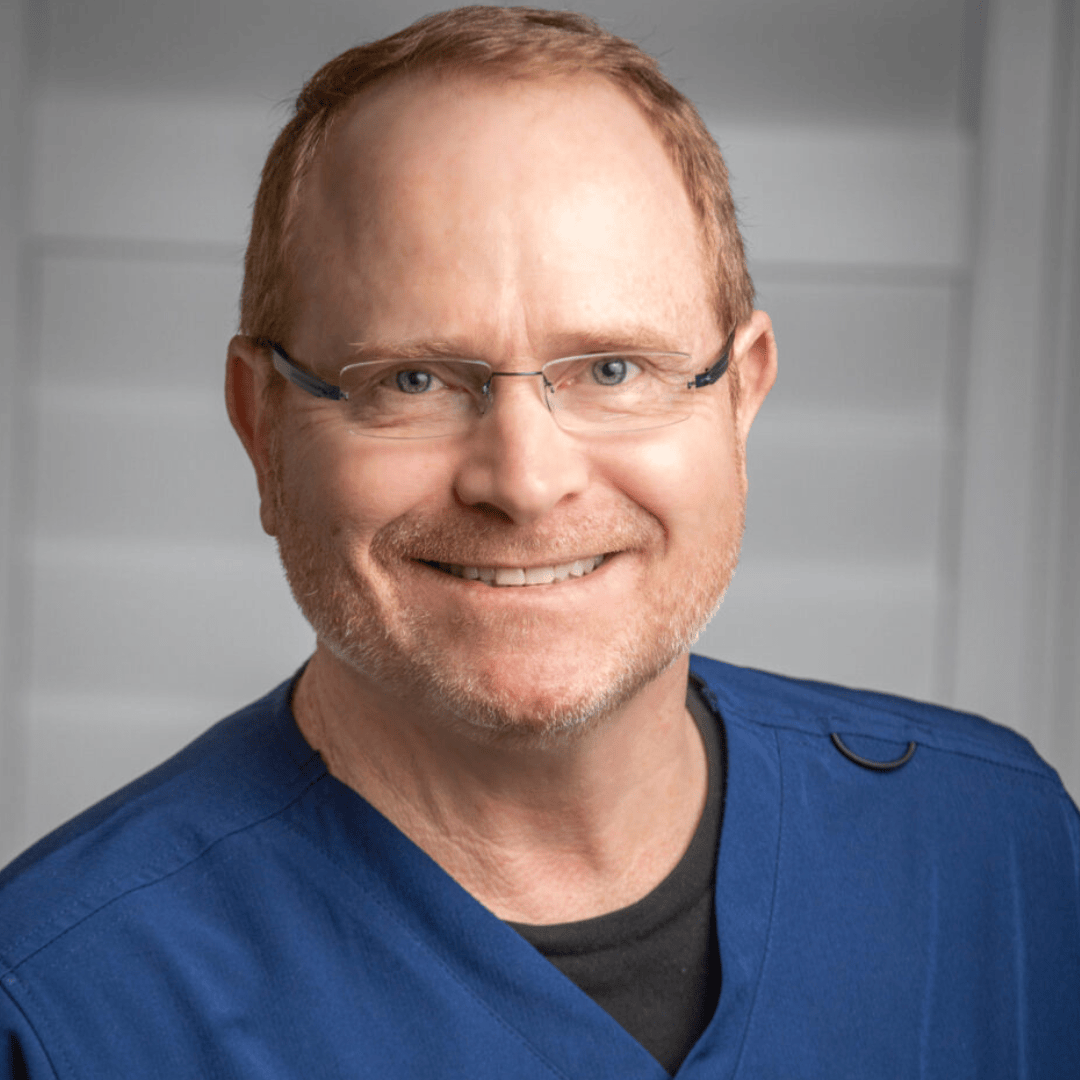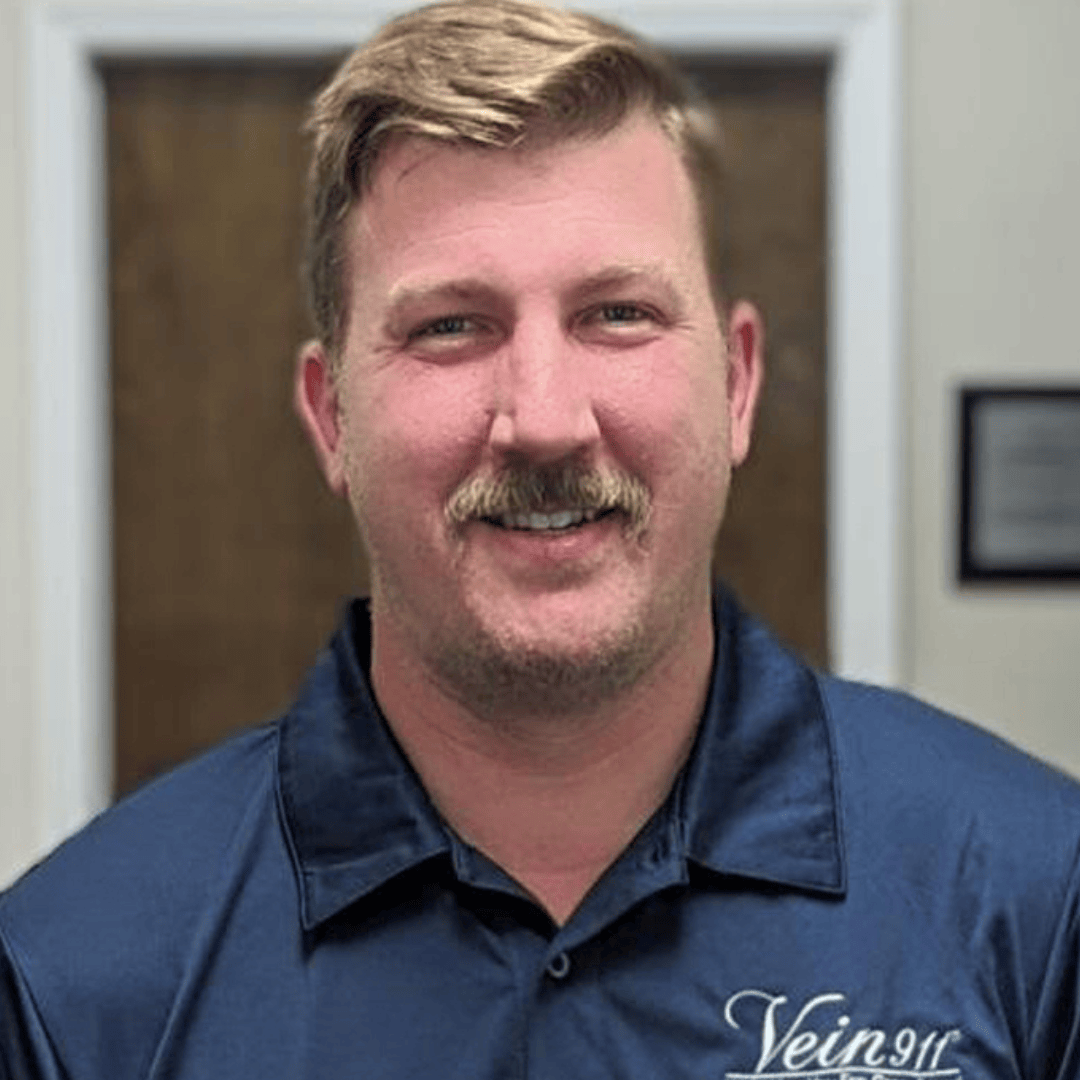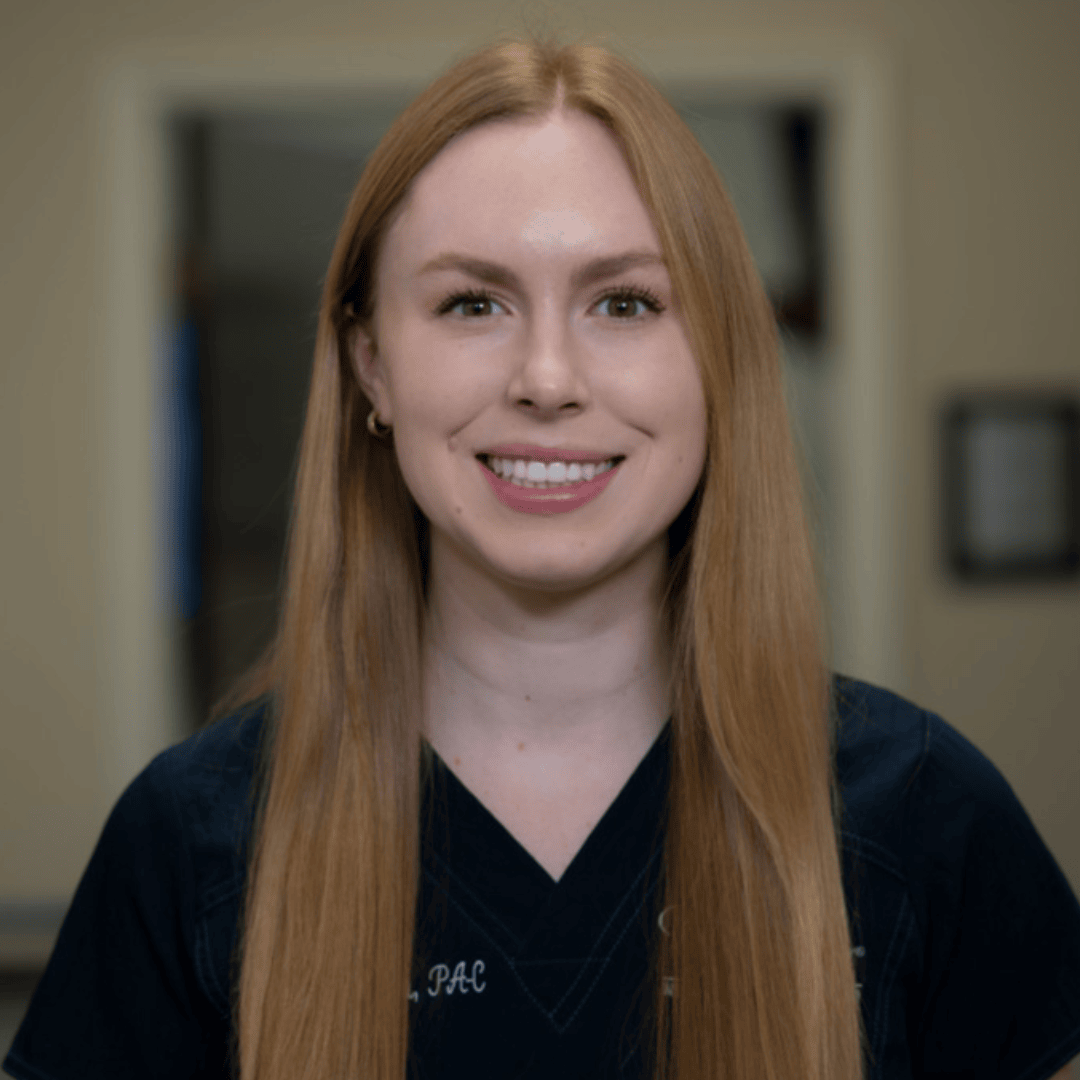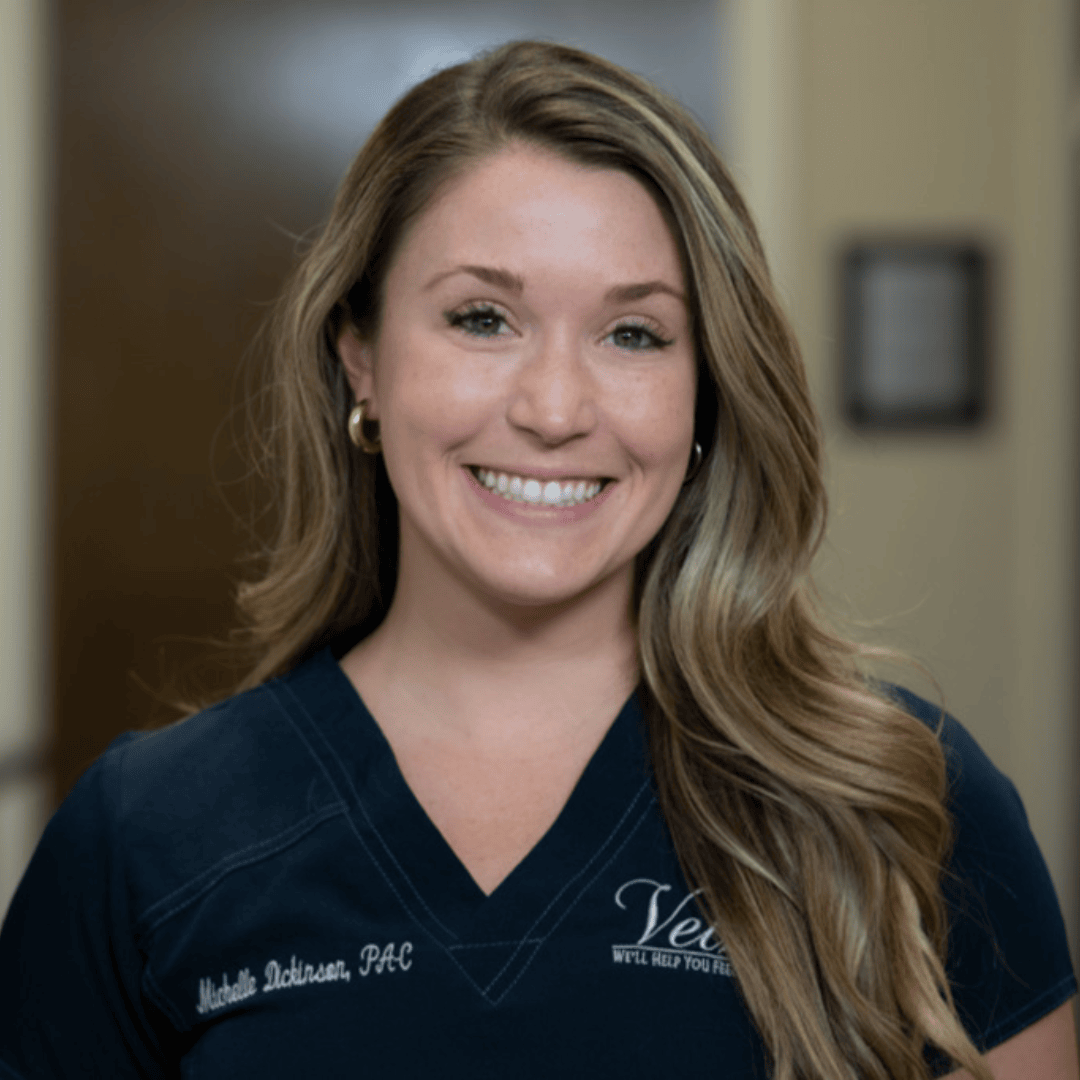Thank You For Requesting Information!
About Us

Christopher Pittman, MD, FAVLS, FACR, DABR, DABVLM
Christopher Pittman, MD, is a Dual board-certified, and American Board of Venous & Lymphatic Medicine certified doctor with over 30 years of experience.
View Profile
Brian Pink, MD, MBA
Brian Pink, M.D. is a Board Certified member of the American Board of Family Medicine. He graduated from Saint George’s University School of Medicine and went on to complete his residency at University of Florida.
View Profile
Arian Moshref, DO, DABVLM
Arian Moshref, M.D. is a fellowship-trained Venous and Lymphatic Medicine specialist. He graduated from Philadelphia College of Osteopathic Medicine in Atlanta, GA.
View Profile
Connor Skowronek, MSPAS, PA-C
Connor attended the Medical University of South Carolina in Charleston, SC where he received his Masters of Science in Physician Assistant Studies.
View Profile
Katie Patterson, MPAS, PA-C
Katie received a Masters degree in Physician Assistant Studies from Trine University in Fort Wayne, IN with honors.
View Profile
Michelle Dickinson, MMSc, PA-C
Michelle received a Masters degree in Physician Assistant Studies from Nova Southeastern University, with honors.
View ProfileVisit Our Convenient Tampa Bay Area Locations
Tampa
Palm Harbor / Clearwater
Wesley Chapel
Largo
FAQs
In your leg, you have two sets of veins. They are called deep veins and superficial veins.
Deep veins are in the deeper part of the leg where the muscles are, and superficial veins are right under the skin.
In a normal person, the blood would circulate from the feet towards the heart in both sets of veins.
When someone has a venous insufficiency the blood will actually go up the deep veins and then go backwards into the superficial vein.
The blood will start pooling in the superficial veins.
Since the superficial veins are closest to the skin, they will start to bulge and create varicose veins. They are often bluish or purple in color.
Spider Veins are essentially a smaller version of varicose veins. They are red, purple, and blue vessels that are also twisted and turning. They are most often seen on the legs, chest, or face.
No. Varicose veins can occur deeper in the leg, where one can’t see them. Varicose veins are classified under the spectrum of venous insufficiency disease.
Venous insufficiency disease causes leg discomfort, swelling of the ankles and leg, itching, and weariness. Other signs and symptoms may be prickling, cramping, aching, and heaviness of the lower limbs after prolonged standing.
Keep an eye out for these symptoms besides simply visible veins.
In short, no. Exercise and compression stockings may help reduce some of the symptoms of varicose veins, but usually only medical treatment can effectively get rid of a varicose vein.
Progression of varicose veins can be dangerous as they may later become venous ulcerations. When left without treatment, complications may ensure including rashes, infections, bleeding, sores, and blood clots.
In rare cases, varicose veins can cause deep vein thrombosis (DVT) and pulmonary embolism which is life-threatening.
We take most major insurance and offer affordable payment plans. Speak with our health advisor for more information.
1) Consult – We first start you with a consultation where you will be listened to and encounter a friendly staff that will make sure you get the best care. That care will come from Dr. Pittman and his expertly trained team, and will include a provider and an ultrasonographer on the first visit.
2) Ultra Sound – After the consult, we move on to the assessment where we provide you an accurate diagnosis. You will get the same day ultrasound and results on site while you see the provider. This will get you back to life as swiftly as possible.
3) Treatment Plan – After we conclude our assessment, we will provide you with a treatment plan.
There are many different options such as Radiofrequency Ablation (RFA), sclerotherapy, and more. We will ensure that you get the perfect customized treatment based on your needs and outcome goals.
Learn more by visiting “Vein Treatment Protocol” page or by clicking here.
It is normal to have some minor discomfort during the procedure. We will do everything that we can to make this as relaxing and comfortable of an experience as possible.
After the procedure, patients may experience minor bruising or discomfort in the area of the treated vein, that normally resolves in 3-4 weeks.
Overall, patients report via minimal pain / discomfort and are able to go back to doing the things they love.
Patients usually return to work and activities the very same day.
Very little downtime is needed for our treatments.
OFFICE HOURS
Monday - Friday
8:00 AM - 5:00 PM
Phone: 855-834-6911
Fax: 813-443-5600
